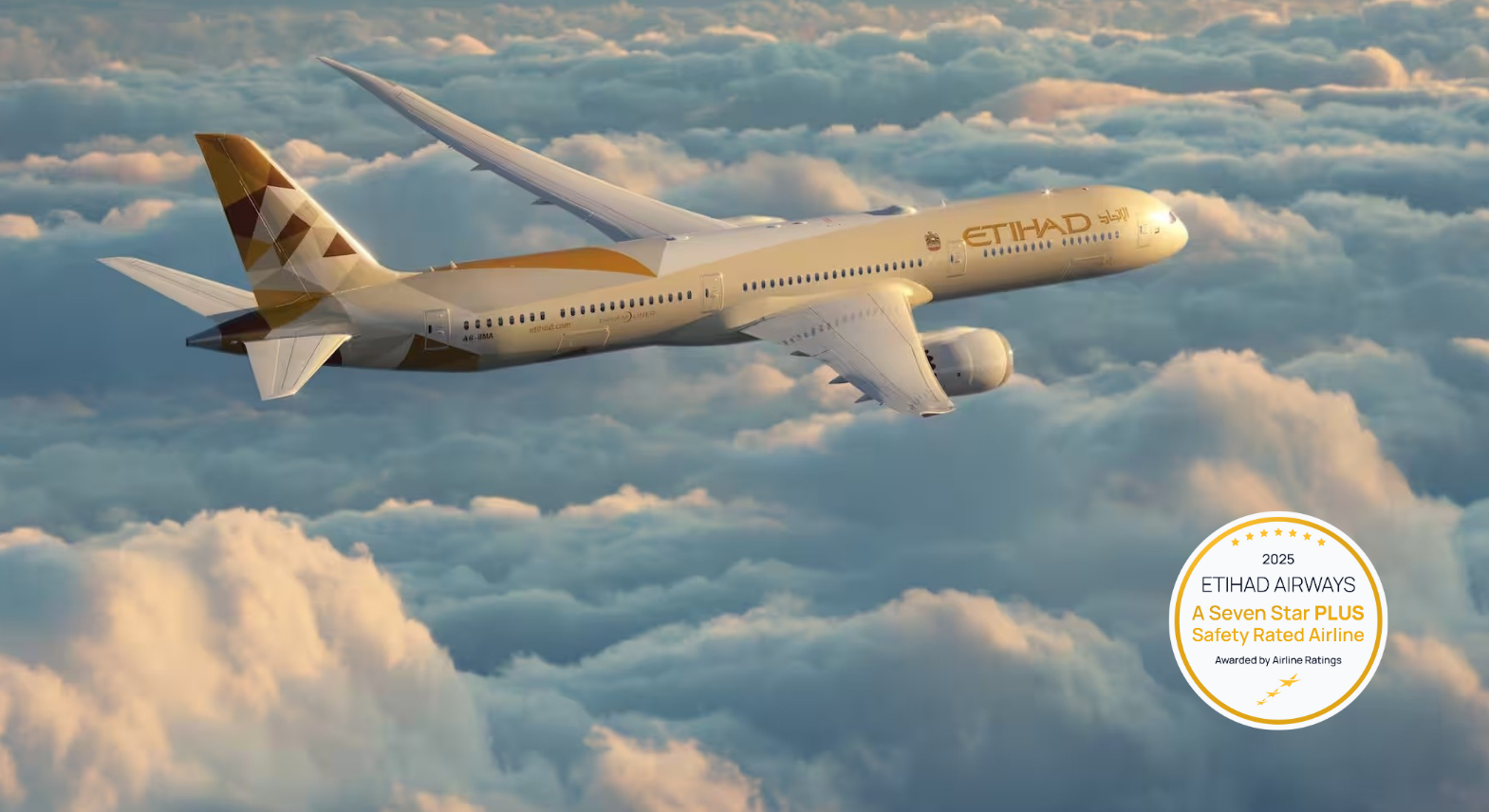By Sharon Petersen
Published Thu Mar 14 2024
Commercial aviation has transformed the way we connect, explore, and conduct business on a global scale. From the Wright brothers' pioneering flight to the modern era of jets and advanced technology, the aviation industry has undergone remarkable evolution.
The Dawn of Flight: The story of commercial aviation traces back to the Wright brothers' historic flight in 1903. Their achievement marked the beginning of a new era, sparking rapid advancements in aircraft design and technology. In the following decades, aviation pioneers like Charles Lindbergh captured the world's imagination with amazing transatlantic flights, laying the foundation for commercial air travel.

Birth of Commercial Airlines: The 1920s witnessed the birth of commercial airlines, as entrepreneurs recognized the potential for transporting passengers and cargo by air. Companies like Boeing, Pan American Airways, and Deutsche Lufthansa emerged as early industry leaders, operating routes across continents and pioneering innovations in aircraft engineering and navigation.

The Jet Age Revolution: The introduction of jet-powered aircraft in the 1950s revolutionized commercial aviation. Jets like the Boeing 707 and the Douglas DC-8 enabled faster, more efficient travel, shrinking distances and opening up new horizons for passengers. The Jet Age saw a surge in air travel demand, as flying became more accessible and affordable to the masses.

Global Connectivity: The latter half of the 20th century witnessed an unprecedented expansion of global air routes, connecting distant corners of the world like never before. Major hubs such as London Heathrow, Dubai International, and Hartsfield-Jackson Atlanta International Airport emerged as vital nodes in the global air transportation network, facilitating seamless connections between continents.

Technological Innovations: Advancements in aviation technology have been instrumental in enhancing safety, efficiency, and passenger comfort. Fly-by-wire systems, composite materials, and sophisticated navigation aids have made modern aircraft safer, more fuel-efficient, and environmentally friendly. Additionally, in-flight entertainment systems, Wi-Fi connectivity, and improved cabin designs have elevated the passenger experience, making air travel more enjoyable and convenient.

Challenges and Opportunities: Despite its many successes, commercial aviation faces significant challenges in the 21st century. Rising fuel costs, environmental concerns, and airspace congestion pose formidable obstacles to sustainable growth. Additionally, the COVID-19 pandemic dealt a severe blow to the industry, causing unprecedented disruptions and financial losses. However, amid these challenges lie opportunities for innovation and adaptation. Electric propulsion, sustainable aviation fuels, and next-generation air traffic management systems promise to reshape the future of air travel, making it more efficient, affordable, and eco-friendly.
As we look ahead, the future of commercial aviation holds immense promise, with technology poised to revolutionize the way we fly and experience the world.
Have questions or want to share your thoughts?
Get In Touch




